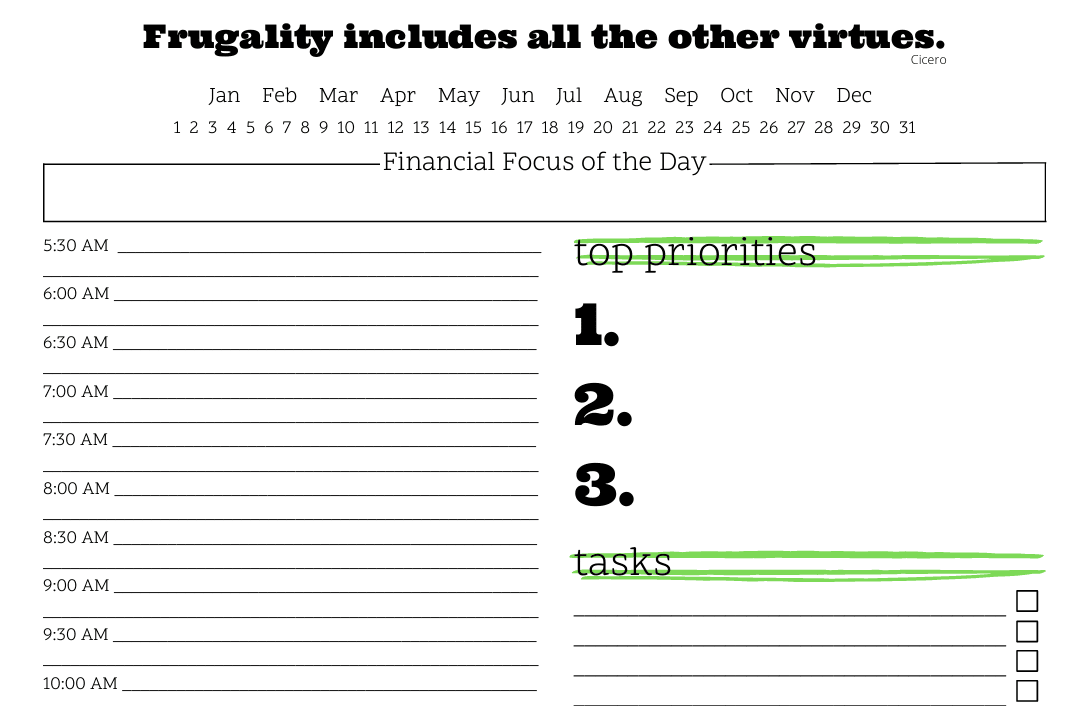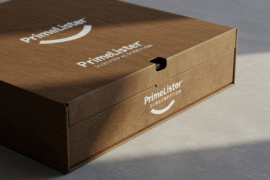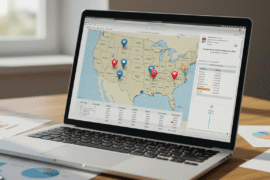This article may contain references to products or services from one or more of our advertisers or partners. We may receive compensation when you click on links to those products or services. Nonetheless, our opinions are our own.
The information presented in this article is accurate to the best of our knowledge at the time of publication. However, information is subject to change, and no guarantees are made about the continued accuracy or completeness of this content after its publication date.
- Introduction
- Payroll Software Basics
- The Role of Payroll in Business Operations
- Features to Look For in Payroll Software
- Top Payroll Software for Small Businesses in 2025
- Preparing for Payroll Software Setup
- How to Use Payroll Software
- Automating Payroll for Efficiency
- Staying Compliant With Payroll Software
- Final Thoughts on Payroll Software
- Frequently Asked Questions
- Recommended Reads
Introduction
Small businesses need tools that enhance efficiency and reduce errors. Payroll software automates and simplifies payroll processing by streamlining tasks such as tax calculations, direct deposits, and compliance. This allows businesses to save time, cut mistakes, and focus on growth.
Payroll Software Basics
Payroll software transforms how businesses manage employee payments by automating wage calculations, tax deductions, and pay distribution. Automation reduces manual work and the risk of errors while improving processing speed.
Core Functions of Payroll Software
- Tracks employee hours and calculates earnings
- Handles tax withholdings and deductions
- Generates forms such as W-2s and 1099s
- Maintains compliance with tax law updates
These functions support accurate and timely payroll, which helps maintain trust between employers and employees.
The Role of Payroll in Business Operations
Payroll is a core business function that directly affects employee satisfaction and legal compliance. Accurate and timely payroll prevents penalties and supports a stable workplace environment. Implementing reliable payroll software signals financial responsibility and improves company reputation.
Features to Look For in Payroll Software
Choose payroll software that balances usability and necessary features. Consider the items below when evaluating options.
- Direct Deposit: transfer wages to bank accounts without manual checks
- Mobile App: manage payroll from anywhere
- Automatic Tax Calculations: apply federal, state, and local tax rules automatically
- Customizable Reporting: generate payroll and financial reports for audits and planning
- Integration: connect with accounting and time-tracking systems for seamless workflows
Compare features and pricing to ensure the chosen software matches business requirements and budget constraints.
Voted "Best Overall Budgeting App" by Forbes and WSJ
Monarch Money helps you budget, track spending, set goals, and plan your financial future—all in one app.
Get 50% OFF your first year with code MONARCHVIP
Top Payroll Software for Small Businesses in 2025
Choosing the best payroll software can be overwhelming. Here are some top-rated options for small businesses in 2025:
- Rippling: All-in-one HR and payroll platform, scalable, ideal for businesses wanting integrated solutions.
- Gusto: Beginner-friendly, full-service payroll, strong support, and reliable automation.
- QuickBooks Payroll: Trusted by small businesses, seamless QuickBooks integration, award-winning features.
- OnPay: Cost-effective, easy-to-use, excellent support, tailored features for specific industries.
- Patriot Payroll: Budget-friendly, essential payroll features, highly rated by small business users.
When selecting payroll software, consider your business size, budget, and the features that matter most, such as direct deposit, tax automation, and reporting. These options provide a mix of usability, compliance, and cost-efficiency to suit small business needs in 2025.
Preparing for Payroll Software Setup
Preparation reduces implementation friction. Collect business tax identifiers, employee records, and recent payroll history before setup. Communicate the transition to staff and provide basic training resources. Use vendor tutorials and support to verify configuration and compliance settings.
How to Use Payroll Software
Step 1. Setting Up Your Account
Enter business details, Employer Identification Number, payroll schedule, and tax preferences. Confirm privacy and security policies and configure initial settings.
Step 2. Adding Employee Information
Input employee names, addresses, Social Security numbers, and tax withholding information. Add deductions for benefits and verify all entries to avoid processing errors.
Step 3. Configuring Payroll Settings
Set pay frequency, payment methods, and link a business bank account for direct deposits. Confirm state and federal tax rates to ensure correct withholding.
Step 4. Running Payroll
Import or enter hours, review calculated wages and deductions, then process payments and generate pay stubs. Check reports for anomalies before finalizing payroll runs.
Step 5. Reviewing and Approving
Review payroll summaries for errors, obtain managerial approvals if required, and finalize processing. Maintain records for audits and employee inquiries.
Automating Payroll for Efficiency
Automation reduces repetitive tasks and lowers the chance of mistakes. Benefits include significant time savings, consistent calculations, and real-time updates for payroll costs and adjustments.
Staying Compliant With Payroll Software
Compliance reduces risk of fines and legal exposure. Payroll software helps by calculating taxes correctly, generating required tax forms, and updating rules as regulations change.
Final Thoughts on Payroll Software
Payroll software simplifies payroll administration, reduces errors, and ensures compliance while improving employee satisfaction. Choosing an intuitive, feature-appropriate solution can streamline operations and free resources for business growth.
Frequently Asked Questions
What is the easiest payroll software for beginners?
Options designed for ease of use include providers with guided setup and strong support resources. Look for vendors that offer clear onboarding, trial periods, and accessible help documentation to reduce setup time and errors.
How does payroll software save time?
Payroll software automates calculations, tax filings, and payment distribution. Automation removes repetitive manual tasks and shortens payroll cycles while reducing the potential for human error.
Can small businesses use free payroll software?
Free tools can suit very small operations but often lack features such as direct deposit or HR integrations. Paid plans typically provide advanced features that support scaling and compliance needs.
How often should payroll software be updated?
Regular updates are required to remain compliant with tax law changes, maintain security, and access new features. Vendors typically push updates automatically, so confirm update policies during selection.
What errors can payroll software prevent?
Automation reduces errors such as incorrect tax calculations, missed deadlines, and faulty deductions. Built-in compliance tools and validation checks further lower the risk of processing mistakes.

Reviewed and edited by Albert Fang.
See a typo or want to suggest an edit/revision to the content? Use the contact us form to provide feedback.
At FangWallet, we value editorial integrity and open collaboration in curating quality content for readers to enjoy. Much appreciated for the assist.
Did you like our article and find it insightful? We encourage sharing the article link with family and friends to benefit as well - better yet, sharing on social media. Thank you for the support! 🍉
Article Title: Best Payroll Software for Small Businesses 2025
https://fangwallet.com/2025/10/10/best-payroll-software-for-small-businesses-2025/The FangWallet Promise
FangWallet is an editorially independent resource - founded on breaking down challenging financial concepts for anyone to understand since 2014. While we adhere to editorial integrity, note that this post may contain references to products from our partners.
The FangWallet promise is always to have your best interest in mind and be transparent and honest about the financial picture.
Become an Insider

Subscribe to get a free daily budget planner printable to help get your money on track!
Make passive money the right way. No spam.
Editorial Disclaimer: The editorial content on this page is not provided by any of the companies mentioned. The opinions expressed here are the author's alone.
The content of this website is for informational purposes only and does not represent investment advice, or an offer or solicitation to buy or sell any security, investment, or product. Investors are encouraged to do their own due diligence, and, if necessary, consult professional advising before making any investment decisions. Investing involves a high degree of risk, and financial losses may occur including the potential loss of principal.
Source Citation References:
+ Inspo
There are no additional citations or references to note for this article at this time.











































